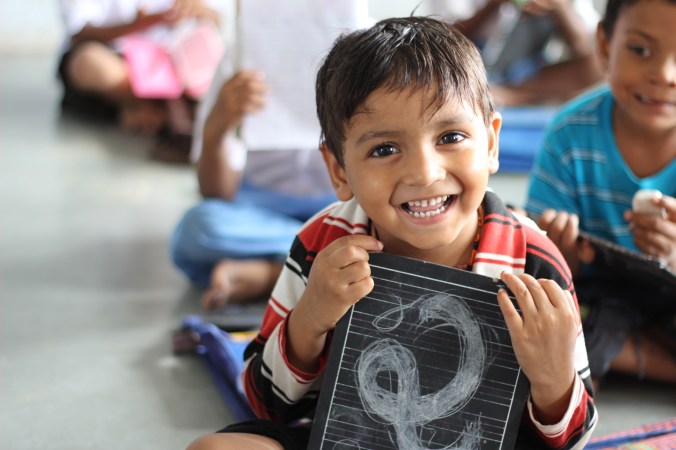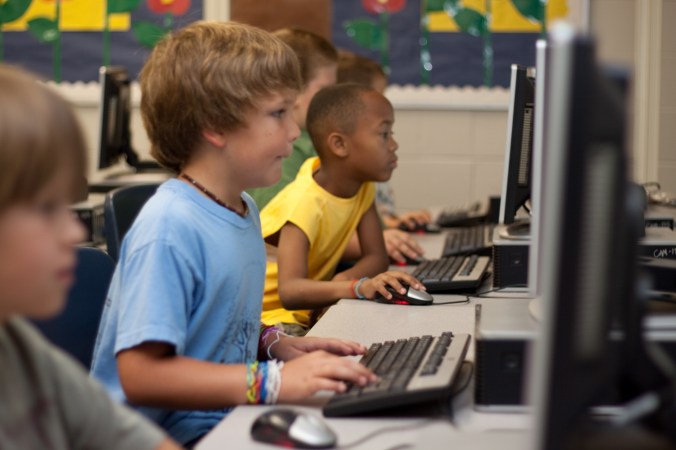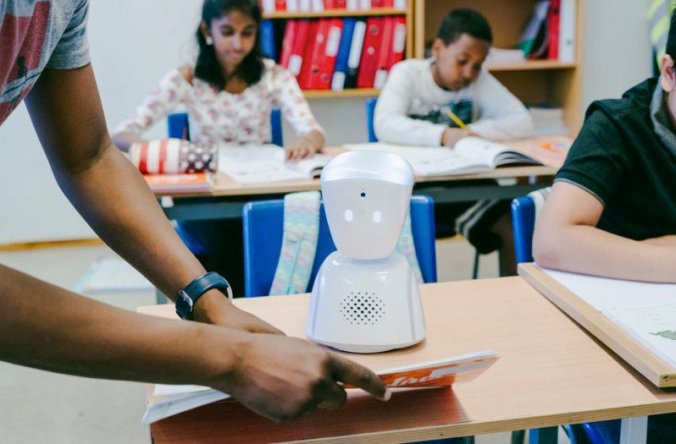
“One child, one teacher, one book, one pen can change the world.”
These are the inspirational words of activist Malala Yousafzai, best known as “the girl who was shot by the Taliban” for championing female education in her home country of Pakistan. This modest, pared-down idea of schooling is cherished by many. There is something noble about it, perhaps because harkens back to the very roots of intellectual enquiry. No tools and no distractions; just ideas and conversation.
Traditionalists may be reminded of the largely bygone “chalk and talk” methods of teaching, rooted in the belief that students need little more than firm, directed pedagogical instruction to prepare them for the world. Many still reminisce about these relatively uncomplicated teaching techniques, but we should be careful not to misread Yousafzai’s words as prescribing simplicity as the optimal conditions for education.
On the contrary, her comments describe a baseline.
Rarely as a society are we satisfied with what is merely sufficient for our children. Particularly when it comes to something as critical as schooling. Where new and better tools are available, the wise test them thoroughly (without throwing out the basics). And this “age of AI” is now yielding a whole new class of sophisticated technologies, perhaps giving us our first glimpse of the future of education.
Educational technology in the classroom
Just last month the ISTE (International Society for Technology in Education) conference program had some tantalizing session titles like “Alexa, What’s Today’s Lesson?” and “Artificial Intelligence Goes To School.” But there is one player that is already catching the eye of educational professionals globally, and making an impression in the classroom: Squirrel AI Learning is the world’s first “pure play AI-powered adaptive education provider”, currently active in an incredible 1800 learning centers and 300 cities (so used by almost 2M students!) in its native China.
At its core, Squirrel is a system that dynamically assesses each child to provide them with a personalized, one-on-one plan that – importantly – lets them to learn at their own pace. It maps the strengths and weaknesses of the individual and deploys relevant content (videos, concept reviews, mistake analysis, etc.) to help the child advance accordingly. The system constantly collects behavioral data and updates the learner’s profile dynamically so they are continually receiving appropriate classwork.

The idea of a genuinely bespoke education is, of course, something we’ve traditionally valued, but until now we’ve been unable to accommodate it within the parameters of regular schooling.
At present, the Squirrel system teaches Chinese, Math, English, Physics and Chemistry, but they believe their model could even adapt to more artistic subjects, helping children develop creatively. Its makers say that it’s “MCM” system (Method of thinking, Capacity, and Methodology) could also help its young learners better navigate their daily lives.
It’s still early days for technologies like these, but Squirrel’s adoption numbers are impressive and the company has already received an award from UNESCO for “Outstanding Contribution in the Field of Artificial Intelligence in Education.” Squirrel’s ability to cater to a diverse range of needs is surely a critical part of its appeal, and their efforts to make the technology available to poorer Chinese children are also laudable.
Important to note, is that Squirrel AI Learning still stresses the importance of having a teacher in the room to shepherd and support the individualized learning process. Indeed, they’re emphatic that their system flourishes best in a “teacher + machine” environment – something that should appease AI skeptics and educational traditionalists alike.
But what about children that cannot attend school at all? Or access the services of a tutor? What role can technology play in making sure children with failing health don’t have to abandon their education?
Educational technology in the field
A new non-profit launched last month in the UK seeks to address exactly this problem, uniting sick individuals with enabling technologies that help them keep pace with their peers when it comes to education. The mission of the evocatively named Wallflower is to raise funds and awareness for those with chronic and isolating conditions (see here). And they’ve been quick to recognize the critical role that new and emerging technologies could play until the point at which satisfactory treatments become widely available.

Indeed, Wallflower is conscious that many, many unwell and housebound individuals are in a bad enough predicament without that discomfort being compounded with missed opportunities and diminishing life prospects. That’s why they’re championing technological solutions like those proposed by No Isolation, including the AV1 robot that sits in a classroom in place of a housebound child. They will also soon be establishing a VR Chat so that the thousands of children and young adults suffering from conditions like CFS/ME, Ehlers-Danlos syndrome, and Lyme Disease can interact with one another by avatar in a stimulating environment.

AV1 Robot
Though still getting off the ground, initiatives like this look to mobilize technology for the benefit of those whose seeming invisibility allows them to drop out of traditional education systems unnoticed….
Edtech for good
With much current talk (including on this blog) focusing on the concerns that technology has given rise to in recent years, it’s also important to give oxygen to the way that it can be emancipatory. Catering without discrimination to those at a disadvantage or those who have fallen behind the “norm” for whatever reason.
Malala Yousafzai is right. It is entirely possible for a basic education to elevate an individual, who may then go on to change the world. But by employing advanced educational tools in ingenious ways, it is also entirely possible that we might lift great numbers out of an educational dearth and define a whole new era – one in which artificial intelligence is the force behind the promotion of human intelligence in our children.
